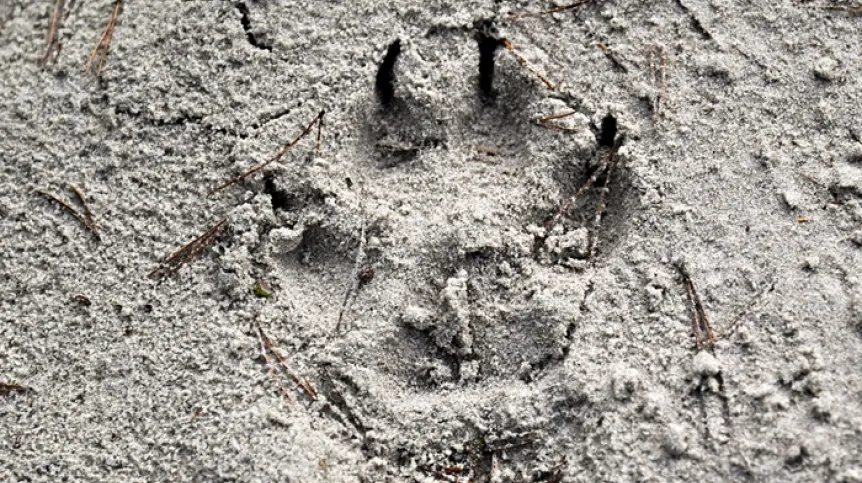
European wolf populations are still too small, believe members of an international research team, including scientists from the Universities of Warsaw and Gdańsk. They have shown that most European wolf populations do not meet the criteria set by the Convention on Biological Diversity.
The Convention is an international treaty that establishes global legal principles for the protection of nature. It was drawn up in 1992, during the Earth Summit in Rio de Janeiro, and entered into force in 1993. The Convention has been ratified by 196 countries, with Poland doing so in 1996. At the United Nations Biodiversity Conference in December 2022, the parties to the Convention adopted the Kunming-Montreal Global Biodiversity Framework, the aim of which was to stop the negative processes related to the destruction of wildlife. A number of indicators have also been developed to allow for a consistent assessment of the implementation of the intended goals.
One of them is called the effective population size, a key parameter in species protection, because it reflects the evolutionary potential and the risk of inbreeding. In simple terms, this parameter corresponds to the number of individuals passing on their genetic material to subsequent generations. For various reasons, not every adult takes part in reproduction, and the reproductive success of those that reproduce varies, so the effective population size is on average an order of magnitude smaller than the total population assessed during the inventory. According to the Global Biodiversity Framework criteria, the effective population size of a species should exceed 500 individuals. Assessing the level of reproduction in wild animals in the natural environment is extremely difficult, which is why this parameter is usually estimated using molecular methods.
The task - for European wolf populations - was undertaken by a team of scientists from Belgium, Germany, Portugal and Poland. It included researchers from the biology departments of the University of Warsaw and the University of Gdańsk. The results of the study were recently published in the journal Evolutionary Applications (wiley.com/doi/10.1111/eva.70021).
Based on the results of many years of genetic research, the scientists showed that for half of the European wolf subpopulations, the criterion of an effective population size exceeding 500 individuals has not yet been met. An example is the Central European wolf population, covering Germany, Belgium, the Netherlands, Denmark and the western part of Poland, where the effective population size was estimated at about 230 individuals. The results for the Iberian population (Spain and Portugal) are not much better - about 300 individuals. The worst situation is reported for the Scandinavian population - only 55 individuals. The researchers also point out that a good approximation of the effective population size of wolves is the number of family groups. For this reason, this indicator should be the basis for monitoring the population of this species, the researchers say.
'In wolf family groups, which in Poland can count from several to a dozen individuals in winter, only one pair of wolves reproduces. The remaining members of the group are usually the offspring of the parent pair from the current and previous season', explains the study co-author, Dr. Sabina Pierużek-Nowak from the University of Warsaw, and president of the Association for Nature WOLF. 'This is the main reason why the number of reproducing individuals in the wolf population is much smaller than the total population size', she adds.
The scientists say that meeting the criteria adopted under the Convention on Biological Diversity will be extremely difficult in the event of a change in the wolf protection status in Europe.
'The transfer of the wolf under the Bern Convention from Annex II, which includes protected species, to Annex III, which lists protected species whose populations may be regulated - may be particularly dangerous. This opens the way for changing the status of the wolf in the EU Habitats Directive and, as a consequence, may lead to the reinstatement of wolf hunting in many countries', says Dr. Robert Mysłajek, a professor at the University of Warsaw, vice-president of the Association for Nature WOLF.
The research was co-financed by the Polish National Science Centre under the OPUS grant 'From forest dweller to suburb tenant - wolf adaptations to human-dominated landscapes', led by Dr. Sabina Pierużek-Nowak from the University of Warsaw. (PAP)
zan/ mow/ kap/
tr. RL













